#vlad draculea
Text
în urechea cui mai urlu eu acum despre Daniel Nuță care o să-l joace IAR pe Vlad Țepeș?!?!??
because bestie-


20 notes
·
View notes
Text
#vlad the impaler#dracula#vlad draculea#romania#wallachia#medieval history#chemistry#biology#science
68 notes
·
View notes
Text
So, it’s not Frev or Napoleonic, but I recently found out that a pipeline of Literature ->adaptions of “Dracula” -> historical Vlad Draculea exists 🤣
For context, I have a class twice a week and we spent October analyzing “Bram Stoker’s Dracula” (far from a good movie btw and not a faithful adaptation so don’t be fooled) as an example of adaptation vs. original piece.
I’m not going to spoil anything for the movie but basically it meshes Dracula the vampire with Vlad III Basarab, Aka Draculea, Aka Vlad the Impaler if that makes it easier to get who I’m talking about.
I knew about this particular Wallachian Voivoda (royal title in the past) before but was never all that interested until I saw that particular movie. Perhaps the habit of making the real Draculea a vampire came from the fact that this is the name of the fictional count, even though Bram Stoker doesn’t originally mesh the real man with the fictional count aside from just picking the name.
I don’t know why watching a boring adaptation got me interested in a controversial historical figure (bloodthirsty monster in pop culture but a national hero in Romania) whose reputation is sullied by myths almost as much as the reputation of the Jacobins and Napoleon, but it’s clearly becoming a pattern 😂
Guess I just enjoy learning about controversial people and looking beyond the stories! (Special thanks to @maggiec70 for teaching me to ask “cui bono?” whenever I encounter sources and/or legends)
Anyway, yep, I found yet another historical figure to be interested in. I’m still into Frev and Napoleonic stuff too obviously, but I’m going down the Vlad Draculea rabbit hole too… so yeah.
Thanks for coming to my rambling post about the recent events in my life 🤣
P.S. I say Draculea because apparently that’s the correct spelling in Romanian.
P. P. S. My health is still not completely back to normal but I’m getting there so stay tuned for reviews and updates!
#history#vlad dracula#bram stoker#dont mind my rambling#bram stocker's dracula#dracula#not frev#not napoleonic#romanian history#vlad iii basarab#vlad tepes#weird pipelines#classic literature#wallachia#romanisme#vlad draculea#draculesti#vlandom#guess i’m in the vlandom now lol
17 notes
·
View notes
Text

Antony Starr as Vlad Dracula🩸🧛♂️
#antony starr#mathias cronqvist#castlevania#castlevania fanart#dracula#fanart#vampire#netflix#artists on tumblr#art#illustration#🩸#🧛♂️#vlad dracula țepeș#vlad dracula tepes#vlad draculea
7 notes
·
View notes
Text

Wait until he discovers shish kabobs!
8 notes
·
View notes
Note
Heyyyyyy💖💖💖
✨+ Vlad please
😘
"The weather's nice today, isn't it?"
"Haha. I wish all evenings could be like this."
"..."
"Do you think roses will have bloomed by tomorrow?"
(...)
"Yeah, you're probably right."
"..."
"..."
"When I'm with you like this, all I can think about is the flowers that are yet to blossom and how lovely they'd look in your hands. The future I've seen that day seems so distant that it could have never existed."
(...)
"Haha, did that surprise you?"
send me a ✨+ [character] & get a short message
#answered#nani-nani-nani#vlad draculea#ikevamp vlad#ikevam vlad#ikemen vampire vlad#ikevam#ikevamp#ikemen vampire
5 notes
·
View notes
Text
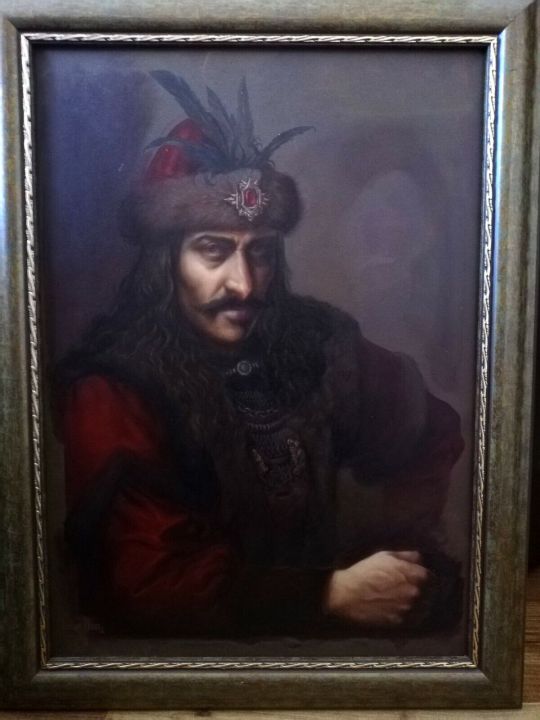
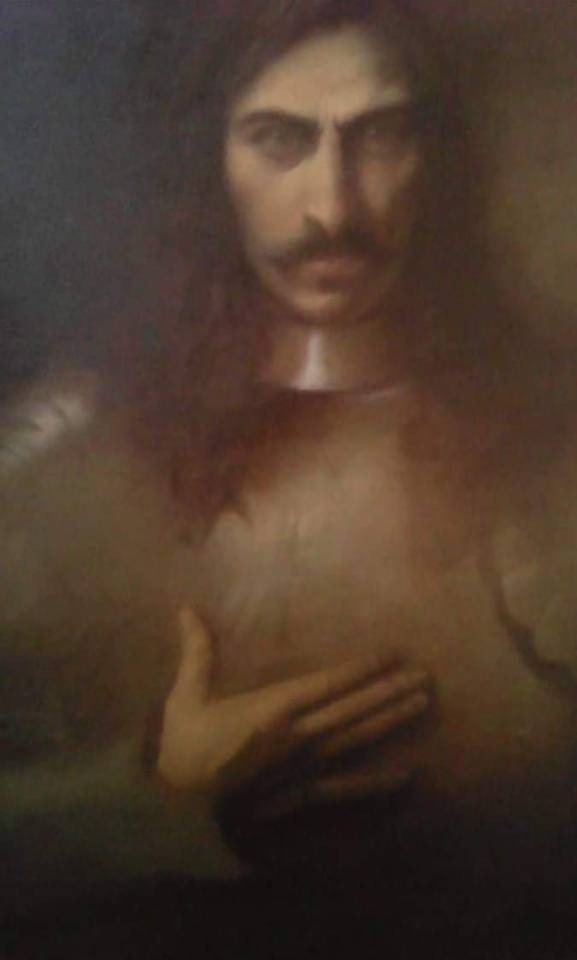
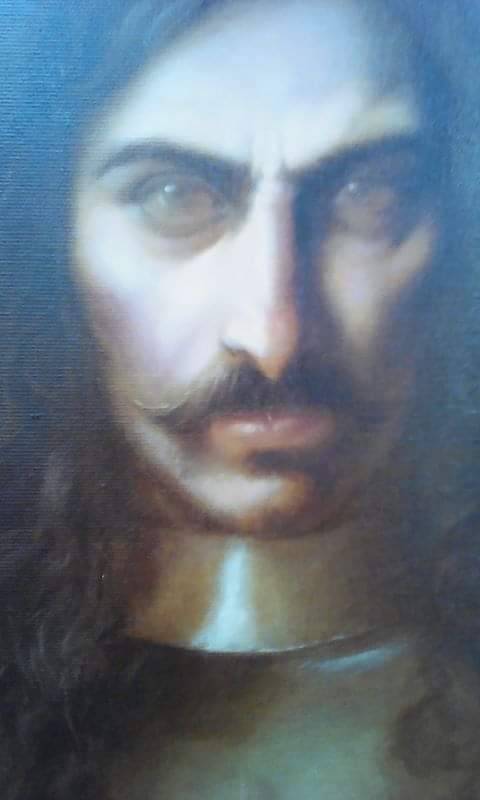
Vlad Țepeș de Dan Ianoș
13 notes
·
View notes
Text
So I was recently looking into Vlad the impaler as I sometimes do, I found this really cool article on him that was a deeply fascinating to read. Apparently there are stories of the dude crying blood, and this article based on proteins found in papers written in 1475, and 1457, respectively, support that claim that he probably did indeed have a condition known as Haemolacria, which is the crying of bloody tears.
Interestingly, from my perspective, haemolacria seems to be more commonly found in women who are fertile due to hormones inducing it. Absolutely Brilliant. As if periods weren't already horrible enough, there is the very minor chance of crying bloody tears. God I love being a woman.
Anyway! Back on topic! Another cause of haemolacria is a tumour in the lacrimal apparatus or eye ducts. Also can be caused by a bunch of other enviromental factors and stuff. Super cool, and very fascinating stuff!
Anyway here's the article about Vlad the Impaler I was talking about
#vlad the impaler#history#medical science#vlad draculea#enjoy my rambles#human history#science#This is really interesting stuff#I know I'm repeating myself#But hey#I really like this sort of thing#side note#apparently Vlad had a brother also named Vlad#which is funny as fuck#might have been normal back than#but still imagine you just have a brother and he like#just has the same exact name as you do
6 notes
·
View notes
Text

I finally have them 👹
#shitposting#sorry lol#vlad draculea#tarot cards#I’ve been wanting these ever since I found out they existed#my life is temporarily complete now#I love them so much they’re so pretty and edgy and gnarly and ugh 😩#fuckin great man
0 notes
Text



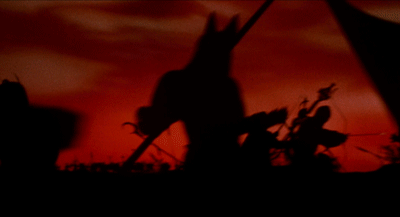
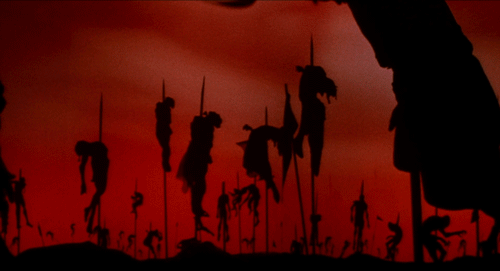
Vlad III Drăculea
#bram stocker's dracula#1992#vlad the impaler#vlad III Draculea#gary oldman#battle#mood#red#pop culture#violence#gore
56 notes
·
View notes
Text
them: hai că nu e dracu' atât de negru
Vlad:

19 notes
·
View notes
Text
Vlad Dracula





#history#vlad tepes#prince vlad#vlad dracula#vlad#vlad the impaler#mehmed vs vlad#vlad dracula tepes#vlad dracula țepeș#vlad+draculea#Vlad iii#Daniel nuta#Daniel nuţă#rise of empires ottoman#rise of empires: ottoman#rise of empires
186 notes
·
View notes
Text
Edgelord of the Day #64:
Alucard, as portrayed by Kouta Hirano
From: Hellsing by Kouta Hirano
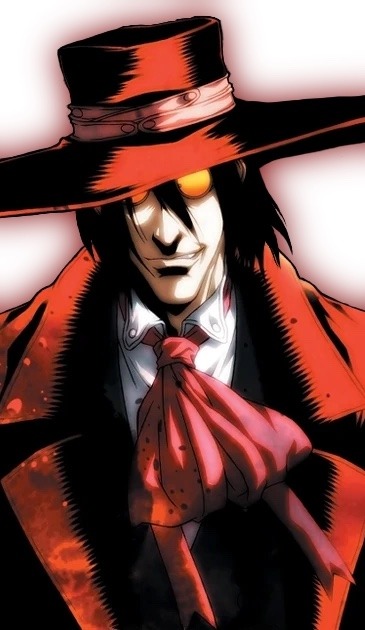
#alucard hellsing#alucard#count dracula#vlad draculea iii#edgelord#edgy#edgelord of the day#hellsing#hellsing ultimate#hellsing manga#hellsing anime#kouta hirano#studio madhouse#god what a weird but good show#not a fan of the nazi catboy#alucard is a girl at one point#it’s based
24 notes
·
View notes
Text
Nesuferitul
So, we’ve gotten to the part in Dracula Daily where Bram Stoker starts throwing around the word nosferatu. Stoker got the word from Emily Gerard, who mentions it in her works on Transylvanian superstitions which Stoker used for research, where she makes it out to be the Romanian word for vampire. In this she is backed up by German writer Wilhelm Schmidt, who also treated it as the Romanian word for vampire.
The word “vampire”, by the way, came to English from French, to French from German, and to German via Hungarian from the Slavic languages. Romanian is not a Slavic language, but a Romance language, as you might guess from the name.
Thing is, there is no such word as “nosferatu” in Romanian. However, other German writers like Heinrich von Wlislocki treat “nosferatu” or “der Nosferat” as a Romanian word, so researchers who have gone down rabbit holes trying to derive it from the Greek for “diseased” or the Latin for “not breathing” or some Slavic basis are, quite frankly, barking up the wrong tree.
Instead, it’s way more likely that “nosferatu” is a Germanicization of a Romanian word before Romanian spelling was standardized, which it wasn’t even in the late nineteenth century.
The Romanian word “nesuferit” literally means “insufferable”. The prefix “ne” indicates the negative, the root “suferi” means “suffer.” However in practice nesuferit doesn’t mean “insufferable” as in “oh, that annoying man is insufferable”. Instead the meaning is much more in the sense of unbearable, offensive, horrible, diseased. It’s a word used to mean “unclean” in a taboo way. To talk about an “unclean spirit” means to talk about an incubus or succubus, something that draws your strength or poisons your soul through sex. Now, the nominative masculine definite form of a Romanian noun adds the suffix -ul. We see this with Vlad II Dracul. Dracul means “The Dragon” with the “the” also communicating male. The addition of “-ea” to “Dracul” as in Vlad III Draculea gets us “Son of the Dragon.” So, something is “nesuferit” if it is horrid or unclean or unbearable, thus “nesuferitul” is “The Horrid One”, etc. It’s male and it’s a thing and it’s awful.
Nesuferitul is an incubus, a male demon that impregnates its victim. The child of a nesuferitul and its victim is born a moroi, a kind of living vampire born (un)dead. Meanwhile, a person who committed some great sin or buried in unhallowed ground or without rites would come back from the dead a strigoi, to feed on the living.
Nesuferitul was transliterated into German as Nosferatu, where it was assumed to be the Romanian word for vampire, but is in fact an incubus. From there it found its way to Bram Stoker, who took it to mean undead. “The Undead” in Romanian would literally be “nemortul”, by the way. Moroi means something like “the nightmarish one”, while strigoi means something like “the screaming one”, and is cognate with terms derived from Latin “strix” or “striga”, which became the root for “witch” in many Romance languages. Interestingly, the Slavic root origin of vampire is also thought to come from a word originally indicating a witch.
Anyways, there you are. “Nosferatu” is not a “real” word, at least, not a real Romanian word, and certainly not the Romanian word for a vampire. But don’t go too hard on Bram Stoker, he was only as good as his sources. This was a hundred years before online search engines, after all.
#the more you know#Ben wrote this#He's the Romanian one#dracula#dracula daily#romanian#nosferatu#nesuferit#nesuferitul#strigoi#moroi#language#etymology#someone's gonna bring up the word necurat#but I didn't want to overcomplicate this#necurat literally means unclean in a way nesuferit only implies#but necurat is much less likely to be turned into nosferat by a German than nesuferit quite frankly#vampires#scream scene podcast#we talk about this in our Nosferatu episode#episode 10 by the way
1K notes
·
View notes
Note
Where did the name Draculesti come from? Why is the line that includes Vlad called that way? (I know it should be spelled a bit differently but my English keyboard doesn’t allow that)
From Vlad Dracul of course, Vlad II Dracul got it because his enemies gave him the nickname "Dracul" (Devil) not because he was evil or anything they just didn't like him very much and he was quite cunning.
And just like Vlad Dracul, the nickname has nothing to with the order of the dragon. Vlad Dracul interacted with 2-3 people from the order
1. Sigismund of Luxembourg who was allright.
2. Alexandru I Aldea(?) His brother, who tried to kill him.
3. Iancu de Hunedoara who killed him.
Vlad III got it from the way he was signing his letters "Vlad the son of Vlad" so people outside the country start calling him "Draculea" "The son of Dracul" and in 1475 when he changed religions he changed his name to Draculea since it was already pretty popular.
And the other Draculesti just kept that name, so it became the Draculesti line.
Here is a video about it:
youtube
20 notes
·
View notes
Text
References to Vlad III in Renfield (2023)
Vlad III Draculea was the voivode (a prince-like military leader) of Walachia—a principality that joined with Moldavia in 1859 to form Romania—on and off between 1448 and 1476. Also known as Vlad III, Vlad Dracula (son of the Dragon), and—most famously—Vlad the Impaler (Vlad Tepes in Romanian), he was a brutal, sadistic leader famous for torturing his foes. By some estimates he is responsible for the deaths of more than 80,000 people in his lifetime—a large percentage of them by impalement.

Walachia had been ravaged by the ceaseless Ottoman-Hungarian conflict and the internecine strife among feuding boyars. Trade had ceased, fields lay fallow, and the land was overrun by lawlessness. Vlad III began his reign with a strict crackdown on crime, employing a zero-tolerance policy for even minor offences, such as lying.
As for the boyars—the high-ranking figures who had killed his father and older brother— Vlad III had a retributive plan. In 1459 he invited 200 of them to a great Easter banquet, together with their families. There, he had the women and the elderly stabbed to death and impaled; the men he forced into slave labour. Many of these workers would die of exhaustion while building Poenari Castle, one of Vlad III’s favourite residences.


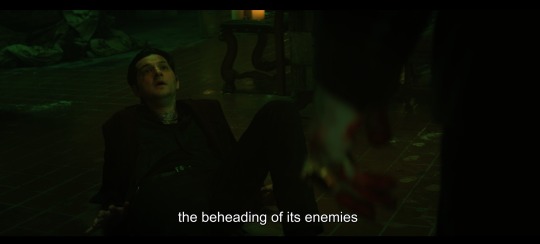

Many of the Germans under Vlad III’s aegis were Saxons. Not to be confused with the Anglo-Saxons of England, these were German migrants who had settled in Transylvania in the 12th century after the region was conquered by Hungary. They were mostly well-to-do merchants, but to Vlad III, they were allies of his enemies.
Over the next few years, Vlad III razed entire Saxon villages and impaled thousands of people. In 1459, when the Transylvanian Saxon city of Kronstadt (today Brasov) supported a rival of Vlad III’s, the voivode’s response was savage. After initially placing trade restrictions on Saxon goods in Walachia, he had 30,000 people impaled—and reportedly dined among them so he could witness their suffering personally. He also had Kronstadt burned to the ground. Back in Walachia, he impaled Saxon merchants who violated his trade laws.
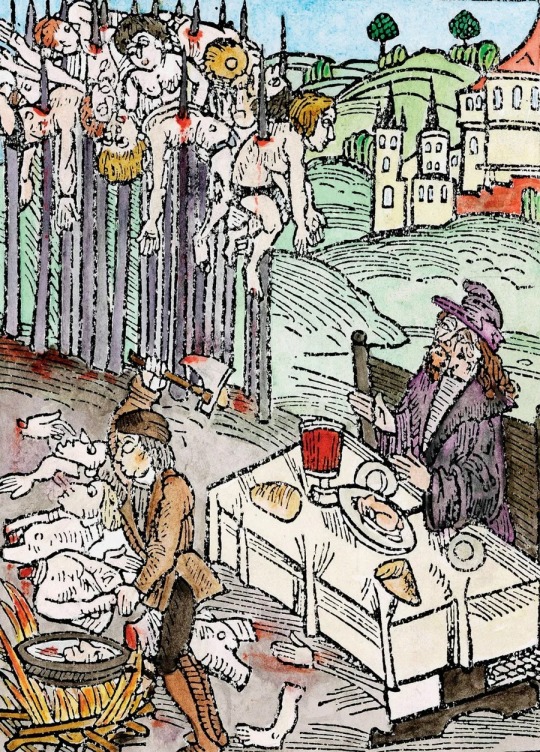
Vlad III dines amid impaled victims following his assault on Brasov (then known as Kronstadt). Printed in Nuremberg in 1499, this engraving, and others like it, helped spread Vlad III’s gruesome reputation across Europe.
PHOTOGRAPH BY MARY EVANS, AGE FOTOSTOCK




Vlad III’s tactics, both on and off the battlefield, against the Turks were extraordinarily brutal. In the spring of 1462, Mehmed II assembled an army of 90,000 men and advanced on Walachia. After conducting a series of night raids and guerrilla warfare, Vlad III employed his trademark tactic, impaling more than 23,000 prisoners with their families and putting them on display along the enemy’s route, outside the city of Targoviste.“There were infants affixed to their mothers on the stakes,” writes the French historian Matei Cazacu, “and birds had made their nests in their entrails.”The sight was so horrifying that Mehmed II, after seeing the “forest” of the dead, turned around and marched back to Constantinople. Vlad III wrote to Matthias I explaining that he had “killed peasants, men and women, old and young . . . We killed 23,884 Turks, without counting those whom we burned in homes or the Turks whose heads were cut by our soldiers.” To prove the truth of his words, he produced sacks full of severed noses and ears.
(Text taken from https://www.nationalgeographic.co.uk/history-and-civilisation/2021/11/vlad-the-impalers-thirst-for-blood-was-an-inspiration-for-count-dracula)
62 notes
·
View notes